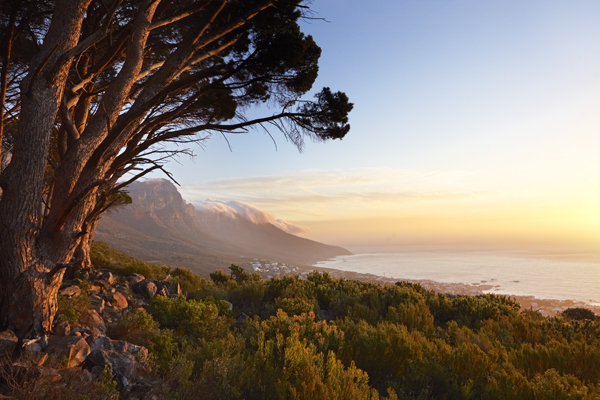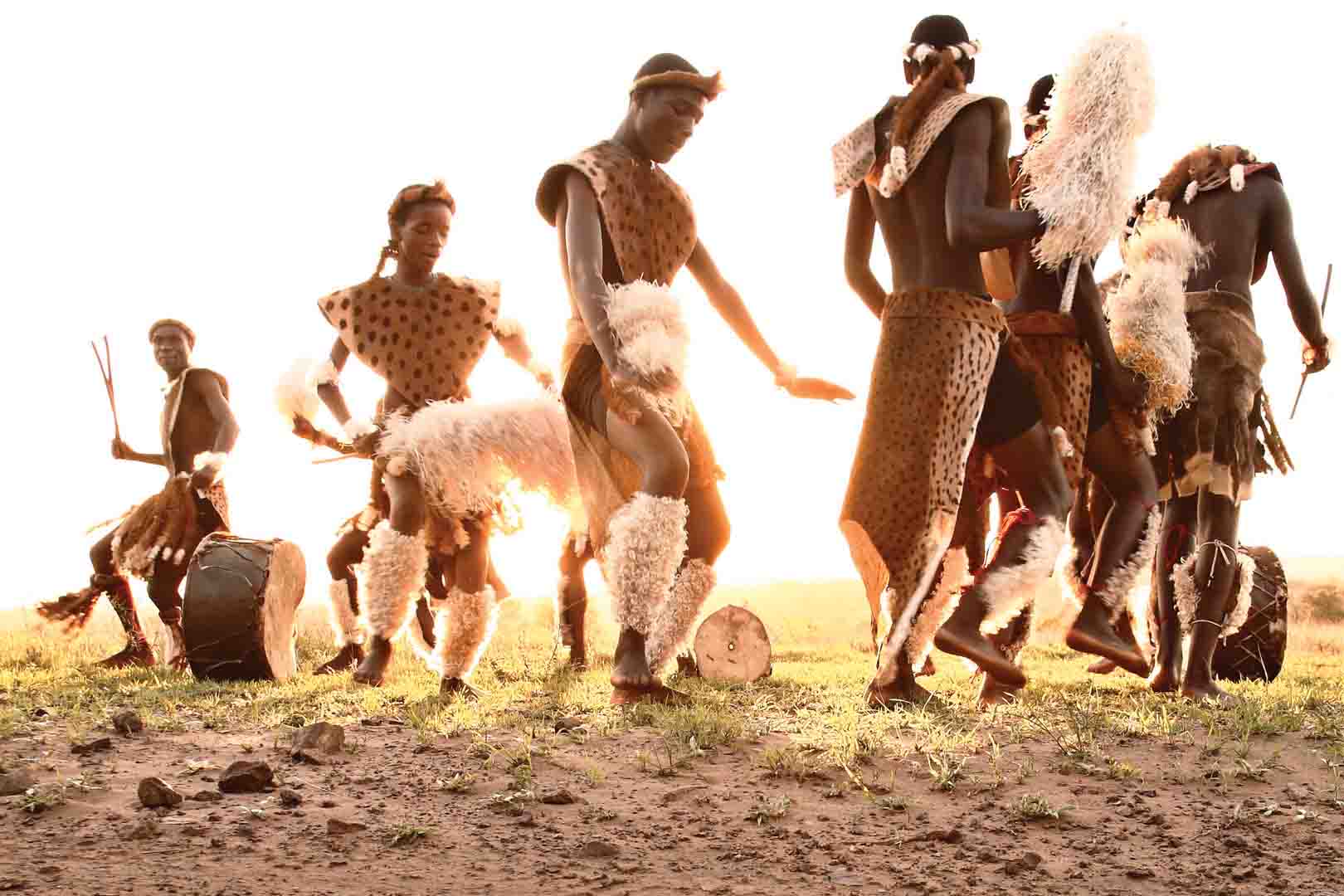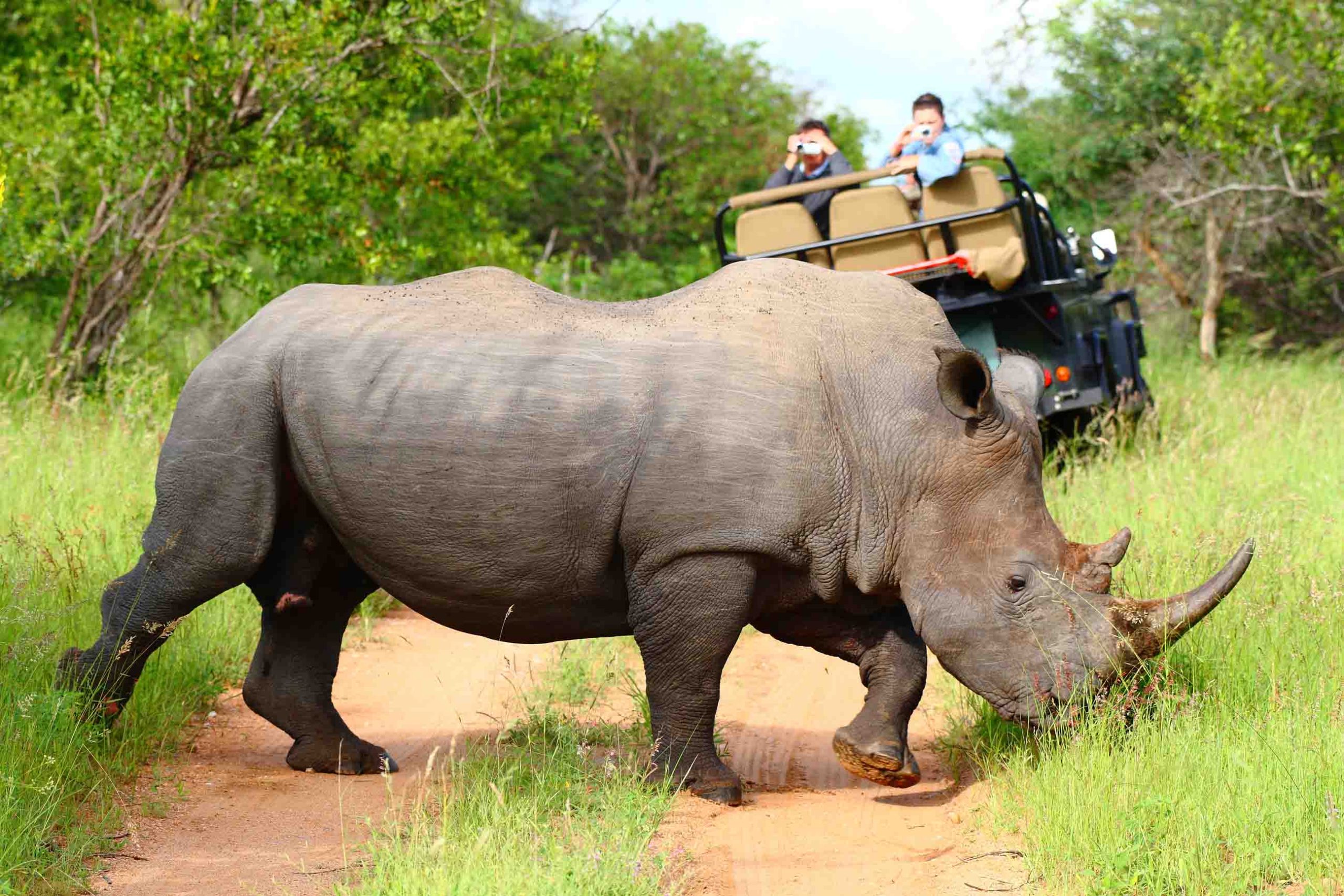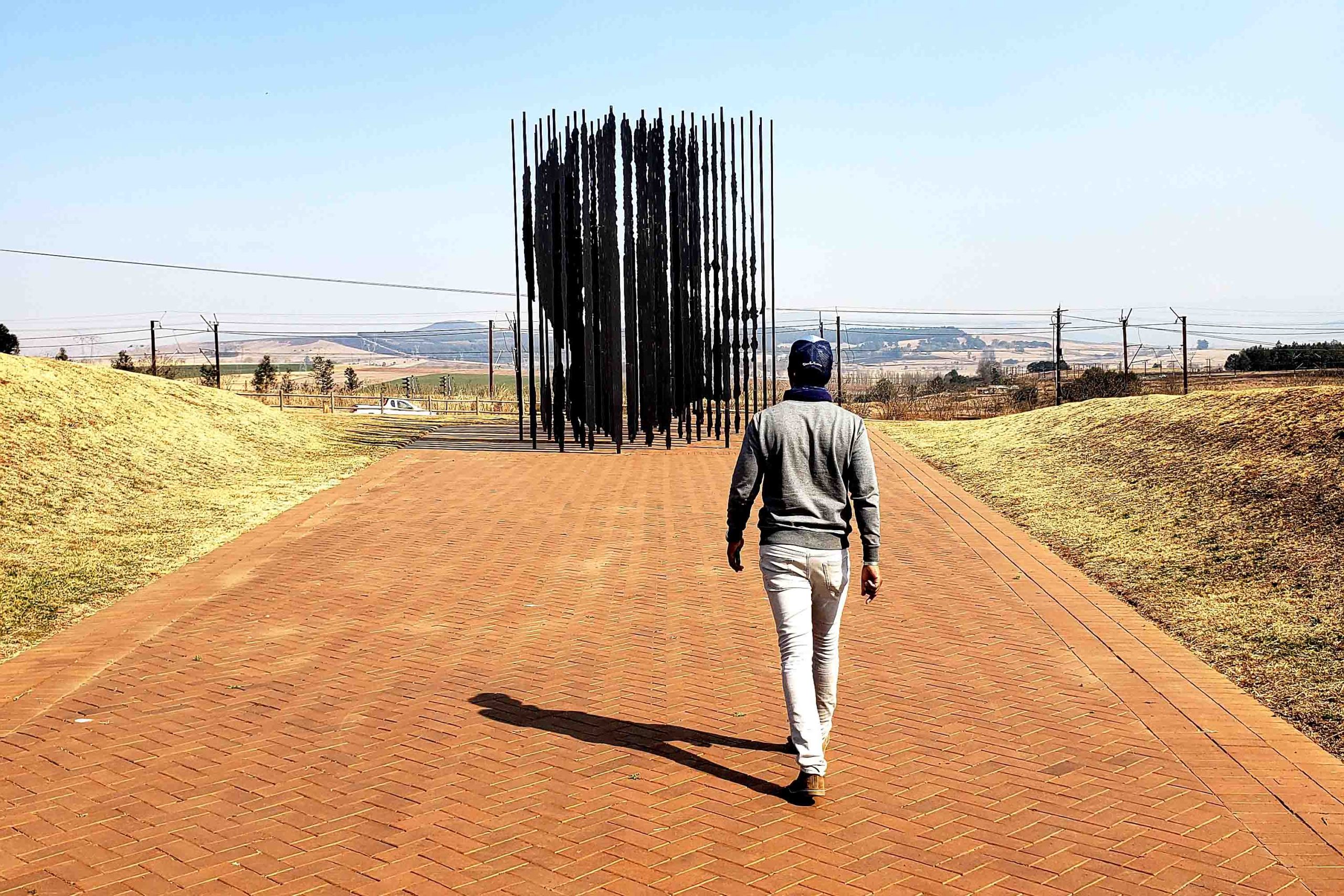South Africa
Born out of a rich and dramatic history, offering an array of cultural influence combined with breathtaking scenery and endless adventure
Parks
What can I expect?
South Africa is one of the world’s most unique countries in terms of the variety of landscapes, ecosystems, plant life and animal species included within its borders.

This majestic country is the most geographically diverse in Africa, encompassing over 2 400 kilometres (1 500 miles) of coastline along the Atlantic and Indian Oceans, fertile highveld plains, lush rolling savannahs and the towering peaks of the Drakensberg Mountains. The vast ecosystems of South Africa support over 20 000 plant species, as well as 299 species of mammals, approximately 850 bird species, more than 350 types of reptile and 22 amphibian species.
Read More
With an abundance of world class accommodation, internationally recognised parks and reserves, pristine beaches, exquisite vineyards and so much more, there is a place for every type of traveller to enjoy. South Africa offers a vast array of unforgettable activities and experiences, whether you plan for an adrenaline fuelled vacation or prefer to take things slow. From cultural tours and natural safaris, to authentic African retail experiences and exquisite local cuisines, South Africa has it all. Throughout all this variety, the common string that binds this beautiful country and all that it encompasses is the incredibly friendly and diverse people, who are ready to welcome you to their shores.
the human history
South Africa has a multi-ethnic population that encompasses an array of cultures, 11 official languages and a number of religions. This diversity lends itself to South Africa’s post apartheid nickname, given to the country by Arch Bishop Desmond Tutu, the Rainbow Nation.

Some of the world’s oldest archaeological and human fossil sites, including one of the richest sites for hominin fossils are located in South Africa. Hominid finds throughout the country suggest that a variety of hominid species existed in South Africa as far back as 3 million years ago, with modern humans inhabiting the country for at least 170 000 years.
The Khoisan were South Africa’s first people, and their presence can be traced back to Middle Stone Age times.
Read More
Bantu speaking people are thought to have moved into South Africa during the Bantu expansion, displacing, absorbing and conquering the Koisan people as they moved south. Bantu farmers of the time made use of iron tools, dating back to 1050. The southernmost group of Bantu people were the Xhosa, who migrated into the Eastern Cape during the Iron Age. The two major historic Bantu groups were the Zulu and the Xhosa people.
Portuguese explorer Bartolomeu Dias was the first European to set foot in South Africa in 1487. In the 17 th century, English and Dutch merchants sought to end the monopoly on the spice trade, held by the Portuguese. The British East India Company visited the Cape as early as 1601, while the Dutch first took interest in the Cape following recommendations from two Dutch East India Company employees who were shipwrecked at the Cape. They survived on vegetables that they grew, as well as fresh water and meat supplied by indigenous people.
In 1652 Jan van Riebeeck set up a Dutch East India Company outpost at the Cape of Good Hope. Slaves from Indonesia, Madagascar and East Africa were also brought to the Cape, and a number of mixed race communities began through unions between Dutch colonists, their slaves and indigenous populations. Independent Dutch farmers (Boers) who started migrating eastwards were met with resistance from Xhosa tribes. The Boers formed alliances with Khoisan groups, creating militias to fight for grazing land, resulting in the decades long Xhosa Wars.
British occupation of Cape Town began in 1795 with a brief return to Dutch rule between 1803 and 1806. Emigration of British people to South Africa began around 1818, with settlers arriving in 1820 to bolster the European workforce and stave off Xhosa incursions. Early in the 19 th century the Zulu nation grew in power, and under the leadership of Shaka expanded their territory. Dutch settlers known as the Voortrekkers migrated from the Cape in the early 1800s, to the Transvaal, Natal and the Orange Free State.
The discovery of diamonds in 1867 and gold in 1884 marked the start of the mineral revolution, leading to an increase in immigration and economic activity. During the struggle to control mineral resources, pressure on relations between British, Boer and indigenous people increased. In 1874 Britain attempted to effect a federation in South Africa resulting in the Anglo-Zulu War of 1879, the Zulu people were defeated and lost their independence as a nation. The British then lead two wars against the Boers. In the First Boer War (1880-1881) the Boers resisted the encroachments of the British, but were later defeated in the Second Boer War (1899-1902).
In 1909 South Africa was granted nominal independence from Britain, creating the Union of South Africa. The Natives’ Land Act was enacted in 1913 and severely restricted ownership of land by black people to just 7 percent of the country. South Africa became completely independent from the United Kingdom in 1931. The South African Party and the National Party sought to unify English and Afrikaans speaking white people under one party in 1934, but the parties split in 1939 after South Africa entered World War II as a British ally.
The National Party was elected into power in 1948 and began to increase racial segregation, classifying people into three races governed by different limitations, and allowing the white minority (less than 20 percent of the population) to control the black majority. Black people were severely disadvantaged by these apartheid laws in terms of income, education, housing and life expectancy.
In 1961 South Africa became a republic and, following pressure from other nations, withdrew from the Commonwealth of Nations. Anti apartheid organisations, including the African National Congress continued to fight for the end of oppression, while other countries began to boycott South Africa and implement sanctions. Despite external and internal pressure the government continued enforcing apartheid legislation.
In 1974 a declaration of faith to the principles of peaceful transition of power and equality was signed. The next steps in ending discrimination began in 1990 when the ban on the African National Congress and other political organisations was lifted and Nelson Mandela was released after 27 years in prison. A 1992 referendum ensured the continuation of negotiations to end apartheid, and discussions between Nelson Mandela and FW de Klerk in 1993, paved the way for a transition from apartheid laws. In 1994 Nelson Mandela was elected president of South Africa in the country’s first universal elections, and the country rejoined the Commonwealth that same year.
South Africa remains a parliamentary representative democratic republic today, and aims to ensure that the economy is transformed to allow meaningful participation for all of its citizens.
conservation efforts
South Africa has a long history of protecting and conserving its vast natural heritage and unique biodiversity.

One of the main goals of conservation in South Africa is to reduce and eradicate the negative impact caused by poachers to animal populations, with rhino populations in particular being a cause for concern. An increase in poaching activity in 2012 in the Hluhluwe iMfolozi Park, lead the African Wildlife Foundation to intervene, and provide assistance in the training and equipping of rangers so that they could better detect and deter poachers. DNA technology has also allowed for the matching of confiscated horns to poached rhino carcasses. These efforts have lead to a decrease in poaching in both the Hluhluwe iMfolozi Park and the Great Fish Nature Reserve.
Read More
Another African Wildlife Foundation lead initiative is to engage with, and empower local communities to take up an active role in conservation. Through this initiative a community in Limpopo was able to take over management of the Mthethomusha Game Reserve, which is an extension of the Kruger National Park. As a result, the amount of subsistence poaching in the region has started to decline.
In line with these efforts, Conservation South Africa has also taken up an active role in helping South African society to consider the incredible value of the country’s natural habitats and adopt a more sustainable approach to development. Their aim is to deliver human welfare through the goods and services produced by healthy ecosystems, ensuring stability and sustainability for the future. The priorities of these efforts are to ensure food security and land reform, foster resilience to climate change and minimise the impact of economic development, and the natural resources it requires, on natural ecosystems and the animal species they encompass.
the country’s highlights
South Africa has ten UNESCO World Heritage Sites, five of which are Cultural Heritage Sites, four of which are Natural Heritage Sites and one of which is a mixed site of cultural and natural importance.

The Fossil Hominid Sites of South Africa were inscribed by UNESCO in 1999, and include the site where the Taung Skull, a specimen of Australopithecus Africanus, was found. In addition, the Makapan Valley’s archaeological caves have shown traces of human evolution and occupation dating back around 3.3 million years. Fossils found at the site have allowed for the identification of several early hominid species and reflect essential elements of the origins of humanity, including evidence of fire domestication dating back around 1 to 1.8 million years ago.
Read More
The Mapungubwe Cultural Landscape was once the largest kingdom in Southern Africa before being abandoned in the 14 th century. Inscribed by UNESCO in 2003, the site includes the remains of the palaces and their surrounding settlements, as well as two earlier capitals. The site reveals the development of social and political structures over an approximately 400 year period.
A mountainous desert in the northwest of South Africa known as the Richtersveld Cultural and Botanical Landscape was inscribed by UNESCO in 2007. It is a communally owned and managed cultural landscape. The semi nomadic Nama people are sustained by the site, and this is the only place where the Nama continue to construct portable rush-mat houses, which they live in during their seasonal migrations.
Robben island is another must visit location, the historic importance of this place was officially recognised when it was declared a UNESCO World Heritage Site in 1999. Accessible only by boat, Robben Island is the location of the prison that held Nelson Mandela for the majority of his 27 years behind bars, before his triumphant release in 1990. Nelson Mandela went on to become South Africa’s president in 1994, winning the first election in which people of all races were allowed to vote, bringing to an end the institutionalised racial segregation of apartheid.
Located at South Africa’s border with Botswana and Namibia the ǂKhomani Cultural Landscape is a large expanse of sand which contains evidence of human occupation from the Stone Age to present. Inscribed by UNESCO in 2017 the site provides insights into the formerly nomadic ǂKhomani San people and how they adapted to survive in these harsh desert conditions.
The Barberton Makhonjwa Mountains located in the northeast of South Africa encompasses 40 percent of the Barberton Greenstone Belt which is one of the oldest geological structures in the world. Inscribed as a UNESCO Natural Heritage Site in 2018, the area is the best preserved
succession of sedimentary and volcanic rock and dates back approximately 3.25 to 3.6 billion years.
Inscribed by UNESCO in 2004 the Cape Floral Region Protected Areas, located in the southwest of South Africa is one of the greatest centres for biodiversity in the world. It includes a number of endemic Fynbos species of plants that are unique to this specific region. The iSimangaliso Wetland Park includes a variety of landforms, from long sandy beaches, coastal dunes and coral reefs, to reed and papyrus wetlands and swamps that support an incredible variety of species. Inscribed by UNESCO in 1999 the park is a critical habitat for a number of Africa’s savannah, wetland and marine flora and fauna.
The Vredefort Dome which was inscribed in 2005 is a representative portion of a greater meteorite impact site dating back 2 023 million years. Located southwest of Johannesburg, with a radius of 190
kilometres (118 miles) it is the oldest astrobleme to have been found on earth. The dome provides important evidence with regards to Earth’s geological and evolutionary history.
The Maloti-Drakensberg Park was inscribed by UNESCO as a Natural and Cultural Heritage Site in 2000. With its incredible natural beauty and diversity, including basaltic buttresses, dramatic cutbacks, sandstone ramparts and an array of arches, cliffs, caves and rock formations, the site is home to a large number of endemic and globally important plants as well as the endangered Cape and bearded vultures. Included in the many rock caves and shelters is one of Africa’s biggest and most concentrated groups of rock paintings, which depict the lives of the San people who live in the area for approximately 4 000 years.
In addition to its UNSECO World Heritage Sites South Africa is the location for a number of national parks and private reserves in which some of Africa’s most incredible plant, animal and bird species thrive.
